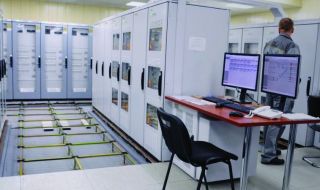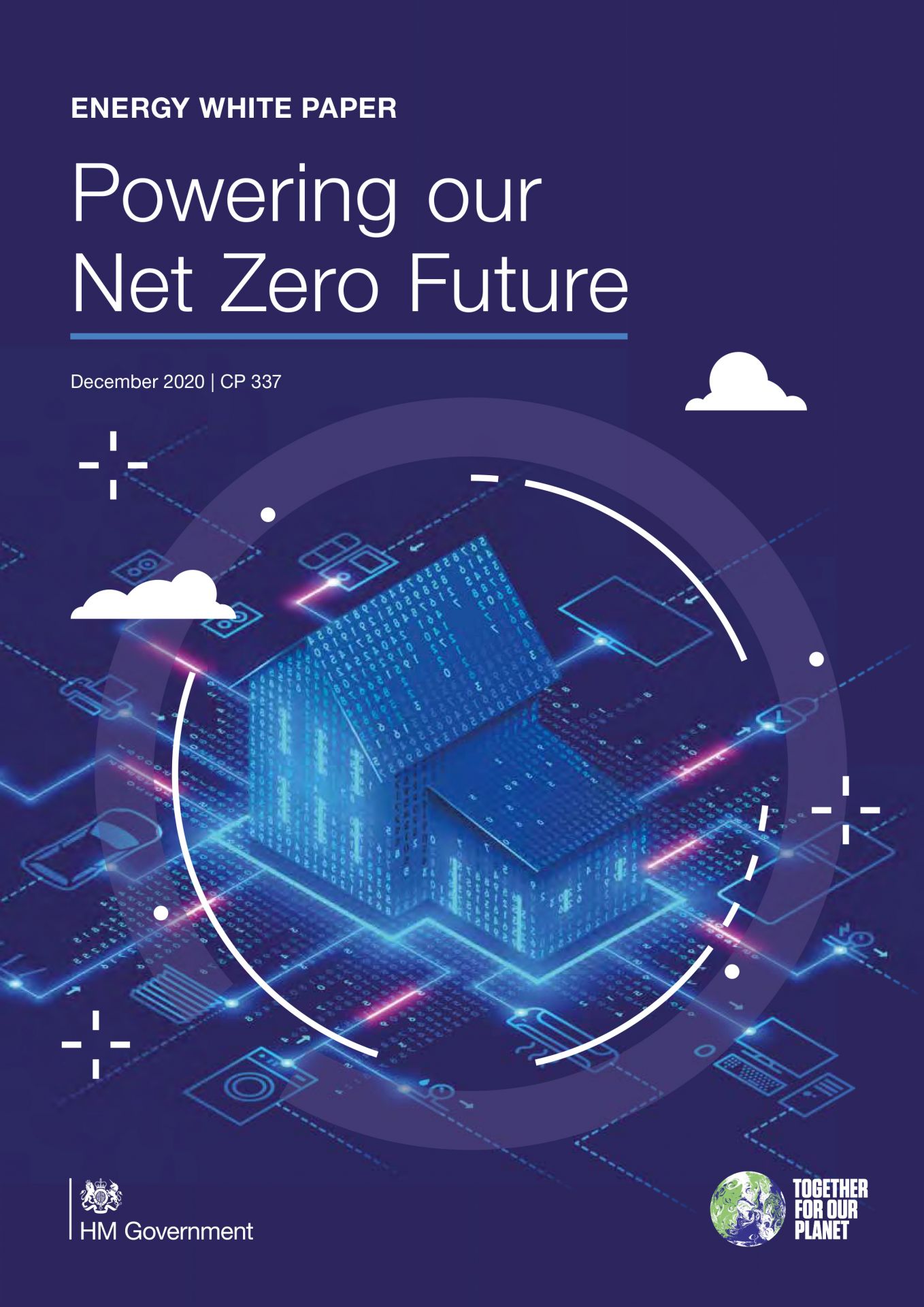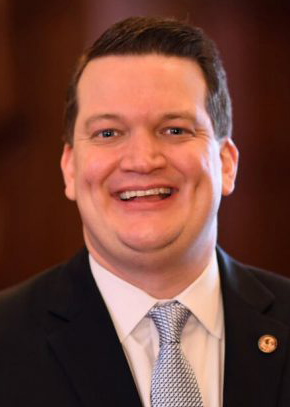A renewed U.S. interest in advanced nuclear technology is making headlines around the world. Growing energy needs and an increased desire to limit carbon emissions are driving a flurry of activity among education institutions, national laboratories, and private companies. New nuclear technologies are rapidly maturing toward commercialization with the aim of deploying a new generation of advanced reactors. These advanced nuclear energy systems have the potential to provide cost-effective, carbon-free energy; create new jobs; and expand nuclear energy’s outputs beyond electricity generation alone.
“DOE and U.S. industry are extremely well-equipped to develop and demonstrate nuclear reactors with the requisite sense of urgency, which is important not only to our economy, but to our environment, because nuclear energy is clean energy,” Rita Baranwal, assistant secretary for Nuclear Energy, recently noted in a Department of Energy news release.
The DOE anticipates significant global demand for advanced reactors, and with support from Congress, intends to invest $3.2 billion over the next seven years in the new Advanced Reactor Demonstration Program (ARDP). The initial funding opportunity was announced in May 2020. The call specified the need for reactor technologies that improve on the safety, security, economics and/or environmental impact of currently operating reactor designs. The goal of the program is to maintain the nation’s leadership in the global nuclear energy industry through the successful research, design, and deployment of advanced reactors in the United States and international marketplaces.
The ARDP will provide funds for three phases of public-private technology development partnerships over the next decade and a half:
- Advanced Reactor Demonstrations: The initial $160 million funding allocation, announced in October 2020, will support two companies that can license, construct, and operate an advanced reactor design in the next five to seven years.
- Risk Reduction for Future Demonstration: The second phase of funding availability will support an additional two to five reactor designs that could be commercialized approximately five years after the Advanced Reactor Demonstrations. Awards are expected to be announced by the end of 2020.
- Advanced Reactor Concepts-20 (ARC-20): The third pathway to meet the advanced reactor demonstration goals will support up to two less mature reactor designs that will take a further five years to develop beyond the Risk Reduction phase.




 A 170-page energy white paper,
A 170-page energy white paper, 





 The Fusion Energy Science Advisory Committee (FESAC), which is responsible for advising the Department of Energy’s Office of Science, on December 4 published the first public draft of
The Fusion Energy Science Advisory Committee (FESAC), which is responsible for advising the Department of Energy’s Office of Science, on December 4 published the first public draft of